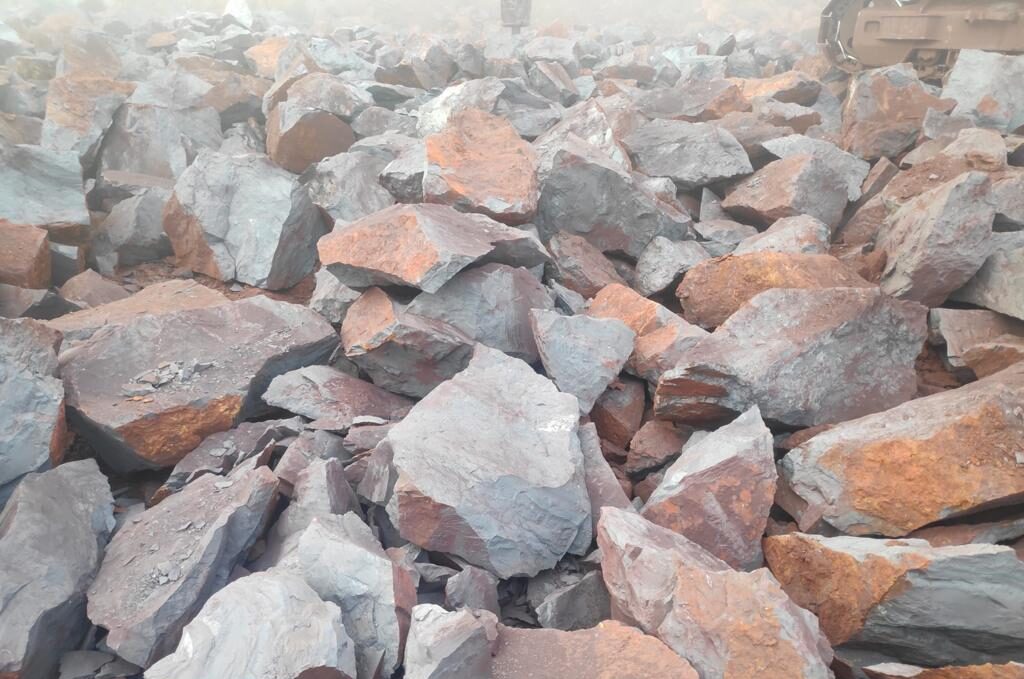Introduction
Iron ore, a mineral of immense industrial significance, is not merely a mundane rock but a geological treasure chest. In this article, we will delve deep into the world of iron ore geology, unveiling the mysteries of its formation, types, extraction methods, and its indispensable role in numerous industries. Join us on this geological journey as we uncover the secrets of one of Earth’s most valuable resources.
Understanding Iron Ore Geology
Iron ore is more than just a metallic element; it’s a geological marvel that has played a pivotal role in the development of human civilization. To appreciate its true worth, let’s start by understanding the geology behind this extraordinary mineral.
Formation of Iron Ore Deposits
Iron ore deposits have a fascinating geological history. They are typically formed through several natural processes, including the accumulation of iron-rich sediments in ancient oceans, volcanic activity, and hydrothermal processes. Over millions of years, these processes have shaped the deposits we extract today.
Types of Iron Ore
Iron ore doesn’t come in a one-size-fits-all package. There are various types of iron ore, each with distinct characteristics. The most common types include hematite, magnetite, and siderite, with hematite being the most widely extracted due to its high iron content.

Exploration and Prospecting
Before the first shovelful of ore is extracted, extensive geological exploration and prospecting are required. Geologists employ cutting-edge techniques, such as remote sensing, geophysical surveys, and drilling, to locate viable iron ore deposits. This step is crucial in ensuring a sustainable supply of this invaluable resource.
The Extraction Process
Once an iron ore deposit is identified, the extraction process begins. This process varies depending on factors such as the type of deposit, its location, and the desired end product. Common extraction techniques include open-pit mining and underground mining, both of which involve the removal of overburden to access the ore.
The Global Distribution
Iron ore reserves are not evenly distributed across the globe. Leading producers include Australia, Brazil, and China, with substantial deposits also found in Russia, India, and South Africa. Understanding the geographical distribution of iron ore is essential for ensuring a stable supply chain.
Iron Ore’s Versatile Applications
Iron ore is not a mere geological curiosity; it’s an indispensable resource. It is the primary raw material for the production of steel, a material that underpins the construction, automotive, and manufacturing industries. Steel structures, transportation infrastructure, and consumer goods all owe their existence to iron ore.
Environmental Considerations
While iron ore is a vital resource, its extraction and processing have environmental consequences. Mining operations can lead to habitat disruption, soil erosion, and water pollution. To mitigate these effects, environmentally responsible mining practices and ore processing methods are being developed and adopted.
The Future of Iron Ore
As technology advances and environmental awareness grows, the future of iron ore mining and utilization is evolving. Innovations in extraction methods, such as autonomous mining equipment and cleaner processing technologies, are on the horizon. Additionally, recycling and repurposing iron and steel products will play a more prominent role in sustainability efforts.
Conclusion
In conclusion, iron ore geology is a multifaceted subject that encompasses the formation, types, extraction, and global distribution of this essential mineral. Understanding the geology of iron ore is vital not only for the mining industry but for anyone interested in the pivotal role that iron and steel play in our modern world. As we move forward, responsible mining practices and technological innovations will continue to shape the future of iron ore and its contributions to our global society.
Iron ore’s importance cannot be overstated, and its geological history continues to shape our economic and environmental landscapes. As stewards of this finite resource, it is our responsibility to extract and utilize it in a sustainable and environmentally conscious manner, ensuring that future generations can benefit from its geological riches.
In the world of geology, iron ore stands as a testament to the power of natural processes, human ingenuity, and our ability to unlock the Earth’s geological secrets for the betterment of society.
Signing Off.
You may also like to read:
Highest Iron Content in Different Iron Ores: Unearthing the Riches
Exploring the Origins of Iron Ore: Unraveling Earth’s Hidden Treasure
External Links:

